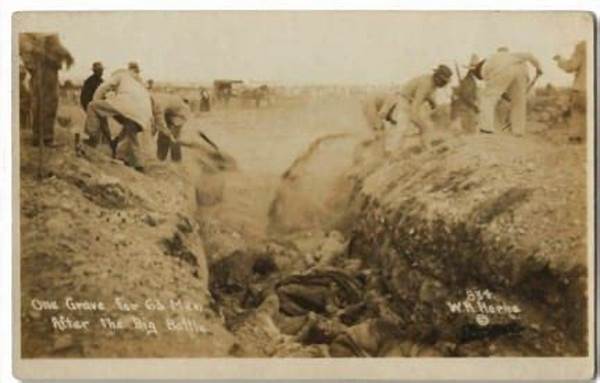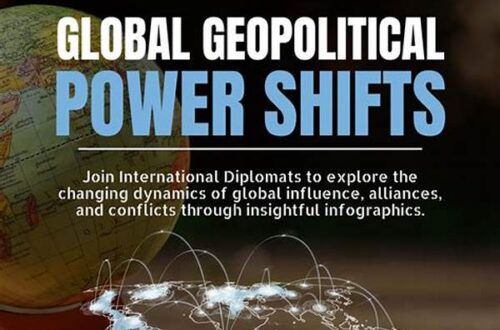The dynamics of war have consistently shaped the geopolitical landscape, influencing nations to adopt measures for survival, dominance, and security. One significant aspect that emerges prominently during conflicts is “resource exploitation during wartime.” Understanding these practices not only offers insights into historical events but also sheds light on contemporary approaches to warfare and international relations. This analysis delves into the multifaceted dimensions of resource exploitation during wartime, examining its implications, motivations, and consequences across various historical contexts and armed conflicts.
The Historical Perspective of Resource Exploitation during Wartime
Resource exploitation during wartime is a practice that dates back to ancient times, where conquering forces sought to maximize their resource gains to ensure prolonged victory and sustenance. Historically, invading armies targeted mineral-rich regions, fertile lands, and strategic ports to support their military operations and weaken the enemy’s economic base. This strategy was not only for immediate tactical advantage but also for securing long-term benefits to sustain the conqueror’s own populace. As industrialization progressed, the focus shifted towards coal, oil, and other vital resources, reflecting the changing needs of modern warfare. The World Wars highlighted this trend further, with nations vying for control over essential resources, significantly impacting the global political landscape and the balance of power among nations. Consequently, resource exploitation during wartime has perpetuated cycles of conflict, fostering geopolitical tension and influencing post-war reparations and treaties.
Motivations Behind Resource Exploitation During Wartime
1. Economic Advantage: Resource exploitation during wartime provides economic leverage, allowing warring nations to sustain their military endeavors while crippling their adversaries’ financial capabilities.
2. Strategic Superiority: Securing critical resources contributes to strategic dominance, ensuring the continued operation and mobility of military forces across theaters of conflict.
3. Psychological Warfare: Controlling vital resources serves as a tool for psychological warfare, demoralizing the opposition by depriving them of essential commodities required for survival and war-making.
4. Technological Edge: Nations with access to advanced resources gain a technological edge, enabling the development of superior weaponry and defense systems, consequently altering the warfare dynamics.
5. Population Support: Ensuring a steady supply of resources through exploitation supports domestic populations, maintaining morale and reducing the risk of internal dissent during prolonged conflicts.
Contemporary Implications of Resource Exploitation during Wartime
In today’s globalized world, the manifestation of resource exploitation during wartime has evolved with a significant shift towards advanced technological resources, such as rare earth elements and cyber capabilities. Modern military strategies increasingly focus on securing data, cyber infrastructure, and technology to gain a competitive advantage in warfare. States engage in cyber espionage and data theft to undermine enemy information systems, disrupt communication channels, and gain access to critical technology advancements. This transition underscores the changing nature of resource exploitation during wartime, as access to information and technology becomes as valuable as traditional natural resources. Consequently, nations are investing in cybersecurity and counterintelligence as critical components of their defense strategies, highlighting the continuous adaptability of resource exploitation tactics amidst evolving global threats.
Consequences of Resource Exploitation During Wartime
Despite tactical advantages, resource exploitation during wartime precipitates adverse consequences, including:
1. Environmental Degradation: The extraction and utilization of resources in conflict zones contribute to significant environmental damage, with long-term repercussions on biodiversity and ecosystems.
2. Humanitarian Crisis: Civilian populations often bear the brunt, facing displacement, scarcity of essential resources, and human rights violations, worsening the humanitarian situation.
3. Economic Disparities: Post-conflict regions suffer from economic disparities due to the depletion and mismanagement of resources, impeding recovery and development efforts.
4. Political Instability: Resource exploitation fuels political instability, as factions vie for control over resource-rich areas, leading to internal conflicts and governance challenges.
5. Global Security Risks: The race for scarce resources escalates global security risks, provoking international rivalries and potentially triggering large-scale conflicts as nations contest over territorial and resource ownership.
6. Cultural Erosion: Exploitation often leads to cultural erosion, as indigenous populations lose access to their traditional lands and resources, threatening their cultural heritage and identity.
7. Legal Challenges: Compliance with international laws and treaties becomes a contentious issue as nations exploit resources, leading to complex legal disputes and international arbitration.
8. Market Volatility: The geopolitical maneuvers around resource-rich regions induce volatility in global markets, affecting resource pricing and availability, with far-reaching economic implications.
9. Diplomatic Strain: Countries engaging in resource exploitation during wartime face diplomatic repercussions, as alliances are tested and negotiated, creating diplomatic strain and isolation in the international arena.
10. Technological Warfare Expansion: The focus on technological resources breeds an expansion in technological warfare, with increasing cyberattacks and strategic maneuvers in digital domains.
Legal Aspects of Resource Exploitation during Wartime
The intersection of international law and resource exploitation during wartime presents complex legal challenges. Nations are bound by treaties and conventions that regulate resource use and protect civilian populations and environments during conflicts. The Geneva Conventions and the Hague Conventions outline fundamental principles for governing conduct during wars, aiming to limit harm and prevent exploitation. However, enforcement is often fraught with difficulties due to differing interpretations, non-compliance by states, and lack of effective international enforcement mechanisms. This legal landscape necessitates ongoing dialogue and reform to ensure accountability and adherence to humanitarian principles, highlighting the critical need for robust international legal frameworks governing resource exploitation during wartime.
Future Trajectories of Resource Exploitation during Wartime
As geopolitical tensions persist and resource scarcity intensifies, the strategies surrounding resource exploitation during wartime are poised to undergo further transformations. The exploration of outer space for resources, the race for dominance in the Arctic, and advancements in renewable energy technologies are emerging frontiers in this domain. Nations are increasingly focusing on sustainable resource strategies, recognizing the finite nature of traditional resources and the environmental imperatives. Collaborative international approaches and resource-sharing agreements are essential in mitigating potential conflicts and fostering stability. Strategically, these developments necessitate a reevaluation of military doctrines to incorporate resource sustainability and ethical considerations, paving the way for more constructive resource exploitation during wartime scenarios.
Summary of Resource Exploitation during Wartime
The phenomenon of resource exploitation during wartime is intricately linked to the geopolitical dynamics and strategic objectives of nations. Historical precedents illustrate its profound impact on warfare strategies, influencing both immediate military tactics and broader post-war economic landscapes. The evolution of wartime resource strategies reflects the shifting priorities of military conflicts, with technological advancements reshaping how nations utilize and exploit resources. Understanding the multifaceted consequences—ranging from environmental degradation and humanitarian crises to economic disparities and political instability—is crucial for international policymakers aiming to address these challenges effectively. As the world navigates complex geopolitical terrain, fostering cooperation and legal oversight in resource management becomes indispensable, ensuring ethical and sustainable practices govern resources during wartime. By reevaluating existing frameworks and embracing technological innovations, the international community can mitigate the adverse effects of resource exploitation, fostering a more stable and equitable global order in the face of emerging wartime challenges.





